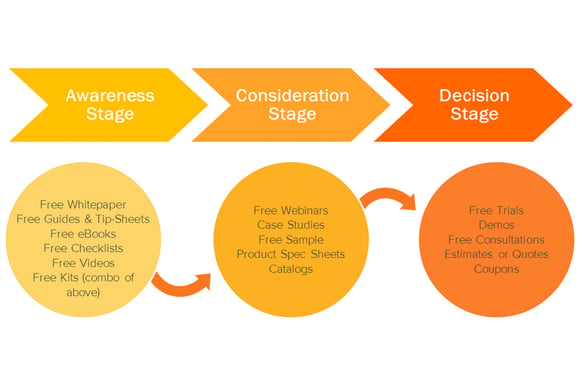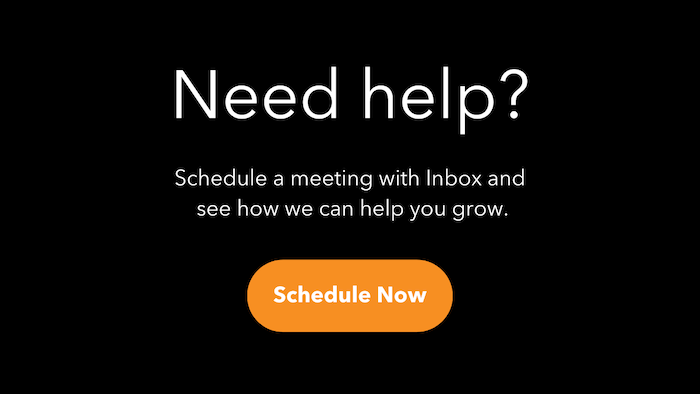What is the Buyer’s Journey?

What is the buyer's journey?
The buyer’s journey is a fundamental aspect of inbound marketing, serving as a roadmap that outlines the mental and emotional process a buyer or potential client undergoes before making a purchasing decision. This journey is not just a simple path to a transaction—it is a comprehensive exploration that involves understanding, evaluating, and ultimately deciding on a new expenditure.
Prospective buyers today are more informed and discerning. They are not interested in being subjected to aggressive sales pitches or pressured into closing deals that offer no real value. Instead, they seek meaningful, insightful information that empowers them to make informed decisions about the most effective solutions to their challenges.
The nature of the information they require varies significantly depending on their current stage in the decision-making process. Therefore, it is crucial to tailor your content to align with the specific needs and concerns of each stage of this journey. Delivering the wrong type of information at any point can severely undermine your ability to convert potential prospects into loyal customers. On the other hand, precise and strategic content marketing can be the key differentiator that propels your business to success, even in competitive markets where others may falter.
When does the buyer's journey start?
The buyer's journey begins the moment an individual becomes aware that they have a problem or need that requires attention. This initial realization is a critical turning point, as it sets the stage for the entire journey.
From this point, the journey progresses into the exploratory stages, where individuals actively seek out information, examine various possibilities, and review and compare the multitude of options or solutions available to them. This phase is characterized by a deep dive into research, as potential buyers gather insights and evaluate the merits of different approaches.
Following this, the journey advances to the decision stage, where individuals make a well-informed choice about which solution will best fulfill their needs and address their concerns.
While there are naturally variations among buyers, the journey generally adheres to this overarching path. Each stage holds its own significance and presents unique challenges and opportunities. To effectively attract and engage more prospects, it is essential to provide valuable and relevant content that aligns with the specific needs and concerns of each stage of the journey. By doing so, businesses can guide potential buyers through their decision-making process with confidence and clarity.

1. Awareness Stage
The initial stages find the buyer first recognizing that they have an issue that needs to be resolved. This is called the Awareness Stage. For example, they may think "I’m always cold when I sit at my desk" or "It's hard to make dinner for my kids at 6 pm." At this point, the buyer will try to identify or diagnose the problem using vendor-neutral third-party information.
In creating content for this stage try to think about how your clients describe their challenges and how they go about educating themselves about solutions. Try to think about whether there are any common misconceptions about the challenge. Remember to talk about larger issues and not your own product or service.
It is important to attract potential clients who are in this stage of their journey. A full 80% of your content should be targeted at those potential prospects who are in the Awareness Stage. Try to feature terms like the following in your titles and the body of your content:
- Troubleshoot "..."
- Resolve/Solve "..."
- Best Ways to Optimize "..."
- Improve Your "..."
- Prevent These Common Problems
- Top Solutions for ",,,"
- Easy Ways to "..."
2. Consideration Stage
The second stage of the buyer's Journey is called the Consideration Stage. In this phase, the prospect has already clearly defined what their problem is. For example: "There seems to be a gap in my window frame, which is allowing a draft to get in" or "my new job has a longer commute so I am arriving home at 6 pm." At this point, the prospect is committed to exploring the various options available to solve their clearly defined problem. This can be done via expert guides, live interactions, podcasts, and comparison papers.
In creating content for this stage, try to think about the different categories of solutions that your prospective clients might explore. How might they educate themselves on these different categories? Content at this stage should include a discussion of pros and cons of each category. Think about how your prospective buyers decide what category is right for their needs.
We suggest that 16% of your content should be aimed at prospects in the Consideration Stage. Your content should feature terms like the following in your titles and the body of text:
- Best Solution to "..."
- Provider for "..."
- Useful Device for "..."
- Services for "..."
- Tools to Help with "..."
- Reliable Supplier of "..."
- Best Answer for "..."
3. Decision Stage
The third and final stage of the buyer’s journey is called the Decision Stage. In this stage, the prospective buyer has already decided upon the solution category. It is in this stage that the buyer makes a final decision on what solution, strategy, approach or method best addresses their problem. For example: "I could buy a new window or buy heavy drapes, but re-caulking the window is cost-effective and still allows me to see outside so I will do that" or "I could buy a new car to avoid public transportation, I could ask to start and end work earlier, I could buy pre-made food options but the easiest solution is to buy a crockpot so that dinner is ready the moment I arrive home so I will do that." This stage requires looking at data and benchmarks via vendor comparisons, product comparisons, case studies, live demos, product literature and endorsements in making a final decision.
When you create content for this stage think about the criteria your clients use when they evaluate the available solutions. What do your clients like about your products or services that they can't find with other solutions. Can you give your prospect a free sample or free trial? If so, this is the stage in which to do so. Are there additional preparations clients need to do to implement your solution, such as training? If so, talk about those preparations here.
You should devote 4% of your content to the Decision Stage. The title and text should feature key terms like:
- Tests of "..."
- Reviews of "..."
- Benchmarks Related to "..."
- Compare and Contrast Various "..."
- Comparisons of "..."
- Implementation of "..."
It pays to think carefully about how your customers find you and the process they go through before deciding to give you their business. Remember an intimate knowledge of your prospective buyers and a robust buyer's journey will pay dividends.
